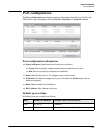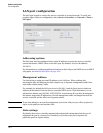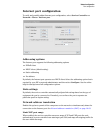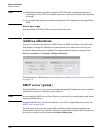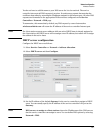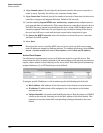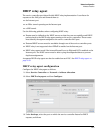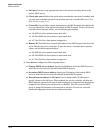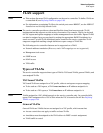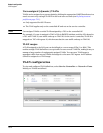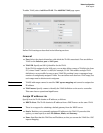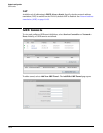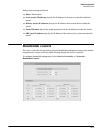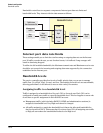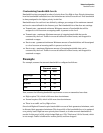
Network configuration
VLAN support
VLAN support
Note This section discusses VLAN configuration on the service controller. To define VLANs on
a controlled AP, see Defining VLANs on page 3-28.
For information on assigning VLANs to the switch ports on an MSM317, see the MSM137
Installation and Getting Started Guide.
The service controller provides a robust and flexible virtual local area network (VLAN)
implementation that supports a wide variety of scenarios. For example, VLANs can be used
for VSC ingress and egress mappings to isolate management from user traffic. Egress VLANS
can also be assigned on a per-user basis by setting the appropriate RADIUS attributes in a
user’s account. Up to 80 VLAN definitions can be created on the service controller. VLAN
ranges are supported enabling a single definition to span a range of VLAN IDs.
The following service controller features can be supported on a VLAN:
Network address translation (However, static NAT mappings are not supported.)
Management tool access
SNMP access
SOAP access
VPN traffic.
Types of VLANs
The service controller supports three types of VLANs: VSC-based VLANs, general VLANs, and
user-assigned VLANs.
VSC-based VLANs
VSC-based VLANs are assigned to a VSC profile, either to an ingress or egress mapping.
To be used as a VSC ingress, a VLAN must not have an IP address assigned to it.
To be used as a VSC egress, a VLAN must have an IP address assigned to it.
Note VLANs assigned in a VSC definition apply to the service controller only. On controlled APs,
egress VLAN assignment for a VSC is done when the VSC is bound to the AP. See Defining
VLANs on page 3-28.
General VLANs
General VLANs are VLANs that are not assigned to a VSC profile, which means that:
Access control does not apply to traffic on these VLANs.
An address must be assigned to the VLAN either via DHCP or static assignment.
VLAN traffic is routed.
10-11



